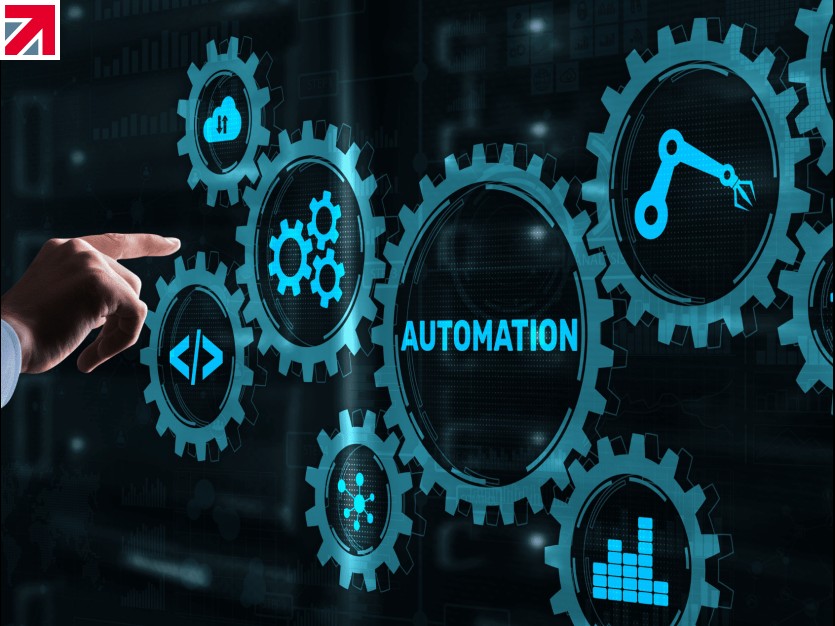Digital twin is a term that has cropped up recently in manufacturing circles. Put simply, a digital twin is a virtual model or replica of a real-world physical object. It can be a highly effective tool when used in combination with the digital monitoring of machines and equipment. Yet findings reported by The Manufacturer last month state, ‘that 57% of leaders in the manufacturing sector feel they aren’t confident with technology, with more than half lacking the skills needed to move from paper to digital services.’
Utilising a digital twin may seem like a big jump, especially for companies that are just starting to embrace digital technology. Because of this obstacle, DCO Systems are working to bridge this gap by showing how engineers are currently using DCO’s digital twin model in relation to a heat exchanger. We’ll walk you through an engineer's experience and highlight the benefits of using a digital twin.
Using digital mapping to find out what’s going on
A heat exchanger is a heat transfer system between fluids and is used for the cooling and heating process. There are several different types of heat exchangers, and they are widely used across industry and commercial sites. As a first step, the engineer installs DCO’s easy to deploy, energy harvesting sensors on several places throughout the heat exchanger system. High-definition monitoring of each component (pipework, pumps, actuators, steam traps, plate exchanger) of the heat exchanger enables predictive maintenance, continuous optimisation and process improvement. Consequently, DCO’s software mimics and maps the physical set-up and generates a virtual, digital twin of the real-world heat exchanger. This feature appears in the engineer’s dashboard allowing the engineer to view a digital version of the heat exchanger in front of them.
The monitoring solutions by DCO already send alerts and notifications when there is a leak or malfunction within the system. However, with the digital twin, the engineer can also see on their dashboard the exact location of the root cause within the heat exchanger. This allows the engineer to quickly diagnose and remedy the root cause.
Using a digital twin for unit testing
Engineers can also utilise a digital twin to test and trial changes that boost efficiency and reduce downtime. For example, changes made to the digital twin version of a heat exchanger creates a simulation of what is happening. By looking at the virtual replica on the dashboard, the engineer can see the direct effects of the experiments in real time. Therefore, engineers can quickly see what works and doesn’t work before implementing the changes on the physical heat exchanger.
DCO offer engineers and manufacturers simplified monitoring solutions. These energy harvesting sensors are easier to use and deploy. Furthermore, a digital twin adds an extra layer of monitoring that allows engineers to use the data proactively. This technology doesn’t haven’t to be complex when you can start with something simple! To learn more about our adaptable, ready-to-deploy products, contact DCO Systems or email info@dcosystems.co.uk.
Find out more about DCO Systems Limited on their member profile page here
Member-created content 3 years ago | From members

